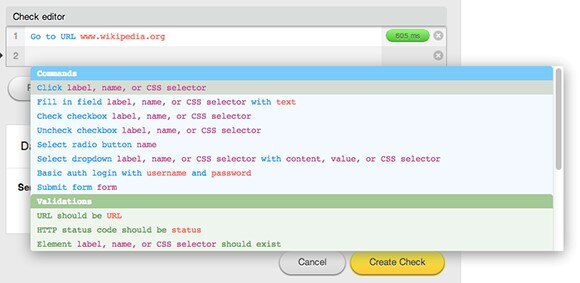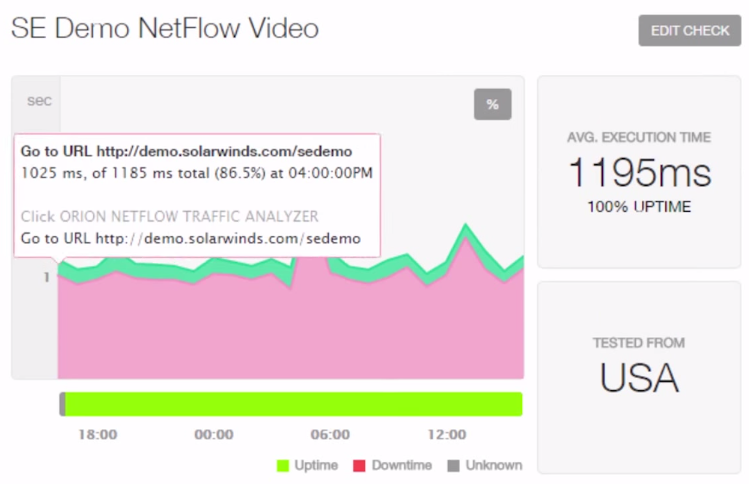Before you begin reading further: Are you offering products, services, or solutions online? Does your business depend on user activity on your website? If the answer is yes, you should be reading this post, and sharing it with your IT team, too.
For companies that depend on online transactions on their website—could be a retail store selling consumer goods, could be a bank with online banking facility, could be a healthcare or insurance provider with online services, or could be just any organization small or large that drive business based on activity on their website—there are three important things to keep track of:
1. Availability (or uptime) of the website
2. Performance of the website (response time, proper loading of web page elements, etc.)
3. Online user experience (how various operations of a web page work in real time)
Online user experience is a key factor in influencing the site visitor to engage in further activity on your site. This is not just the appearance and functionality of the website, but also the responsiveness in performing the intended action for the online visitors as they are interacting with it.
For example, when users are logging into their account, clicking on a certain element on the site, making a selection, buying on the shopping cart, etc., the website should be able to perform the intended action correctly and quickly. It is the combination of these two characteristics that help define a successful website transaction.
SYNTHETIC TRANSACTION MONITORING
is one of the abilities of website monitoring tools to run these transactions as synthetic tests, just as if a site visitor would perform the steps in real time. You can test and measure how the transaction performed for the user.
Benefits of Synthetic Transaction Monitoring
- Find faults and performance issues in website interactions before they impact end-users.
- Run tests from multiple locations and browsers for objective results of user experience.
- Compare test results with baseline site performance for more meaningful insight into issues.
- Identify root-cause of poor website performance: which element on the web page is causing performance to slow down, which function of the web page is not responding properly and why, etc.
Synthetic Transaction Monitoring Using Pingdom®
Pingdom offers synthetic transaction monitoring as one of its capabilities to measure website performance in addition to website uptime monitoring and real user monitoring.
Eliminating the need to build complicated scripts for synthetic monitoring tests, Pingdom allows you to use a highly-interactive and user-friendly editor to develop a set of commands and validations that you can use to execute tests at periodic intervals of time and report on website performance and behavior.
- A command is an instruction given to the check to perform an action such as clicking on a button or going to a URL.
- A validation is the user definition of the intended outcome of the command such as what should happen when a click operation is performed or whether the URL typed is being properly routed to or not.

Once the test is built, you can run the test from different locations and from different browsers. You can also receive transaction monitoring results via email and SMS to keep you informed of baseline deviations in website performance. Start monitoring website transactions and steps, and make sure your website performance is as expected for everyone all the time.

Read this blog to learn how to use Pingdom transaction monitoring. Use this cheat sheet as ready reckoner when building transaction monitoring checks using Pingdom.
Author: Vinod Mohan is a Product Marketing Manager at SolarWinds.























